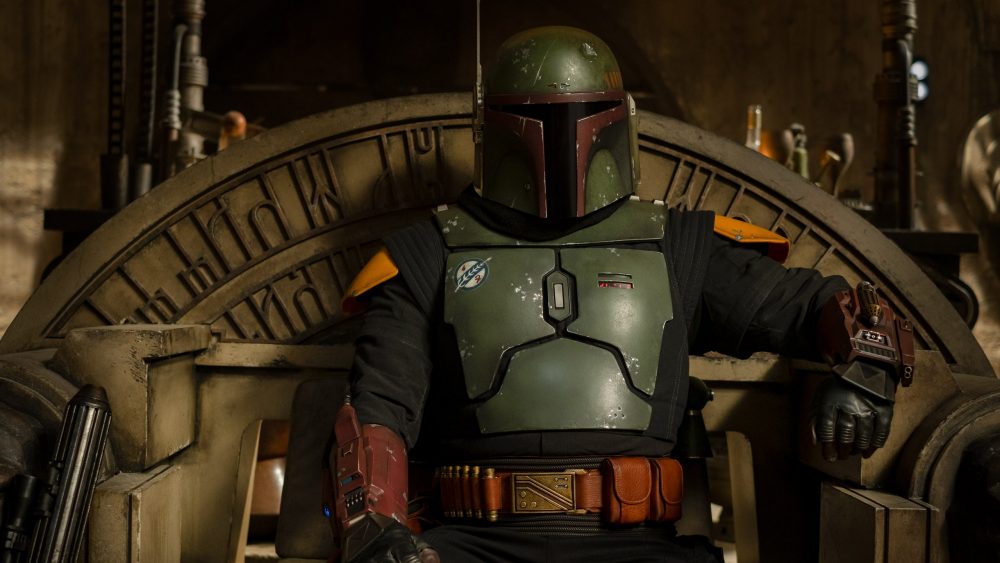The Book of Boba Fett lands on Disney Plus, introducing us to a new part of the dynamic criminal underworld, after the fall of Jabba the Hutt and Bib Fortuna.
The first episode spends a lot of time looking backwards, almost serving as an origin story for this new iteration of the character.
On screen, there is a backwards focused nature of the episode means that very little information is given about the foes or conflicts that Fett and his Master Assassin, Fennec Shand will be facing within the show. Two areas were teased, but the threats to Fett’s rise to power are yet to be fully introduced. The areas that were teased are interesting enough, a matter of local politics that Star Wars has always had and another that could be anything.
While this makes for points for the audience to latch onto, it doesn’t raise any new questions that the marketing material didn’t already. This, in part, speaks to the great marketing campaign of the show. Leaks have been kept to a minimum, (especially compared to the leaky ship that is The Mandalorian Season Two), and very little has been shown. Indeed, a full trailer for the show was never given, instead a series of short clips, and they mostly stuck to material from the first episode.
Throughout this episode, the majority of the story is told through flashbacks, in effect giving an origin story to the reborn version of Boba Fett. The audience finally receives an answer to some of the questions that were raised by The Mandalorian Season Two.
The imagery used to tell the early part of this story is evocative of legends material and helps tie the two together. The cruelty of the desert is exposed in brutal fashion, being robbed, and then captured by the native inhabitants. This is where the flashback begins to outstay its welcome, explaining and introducing new concepts that feel out of place in a show about a burgeoning criminal empire.
The show also (for the time being) seems to forget the humanisation of the Tusken Raiders that The Mandalorian has done, which is unfortunate. The balance between flashback and modern-day element is a hard balance to strike, one hopefully will be better struck in the next couple of episodes.
Onwards to the final aspect of the show, one of the most worthy special mentions is the fantastic production design. The streets of Mos Espa and the bar are populated with so much life and feature an excellent sound design, it’s hard not to feel the twin suns beating down or the rush of hot sand underfoot.

These visuals help create a cinematic feel, something that The Mandalorian has achieved previously. While it is now expected that Star Wars has this feel with every episode, it deserves no less commendation.
Overall, while the first episode provides extremely little information going forward, and while the balance in the episode was missed, the questions that the show raises. The new origin story is bound to keep the audience intrigued for the next few episodes of the show, though they will unfortunately have to get used to slow drips of information and the slow pace of the show.
By Kieran Burt
Feature image: Lucasfilm/Disney

